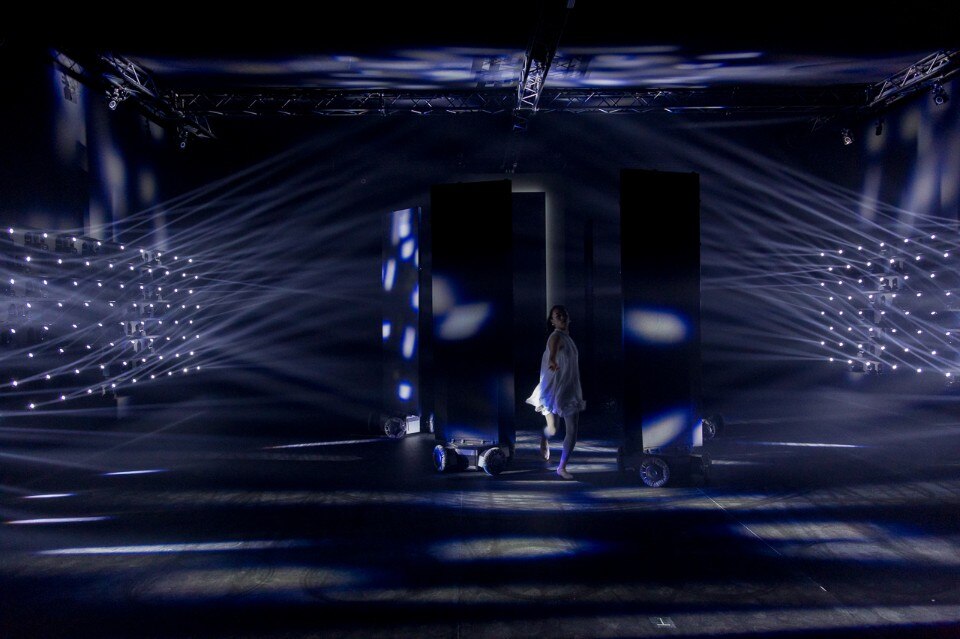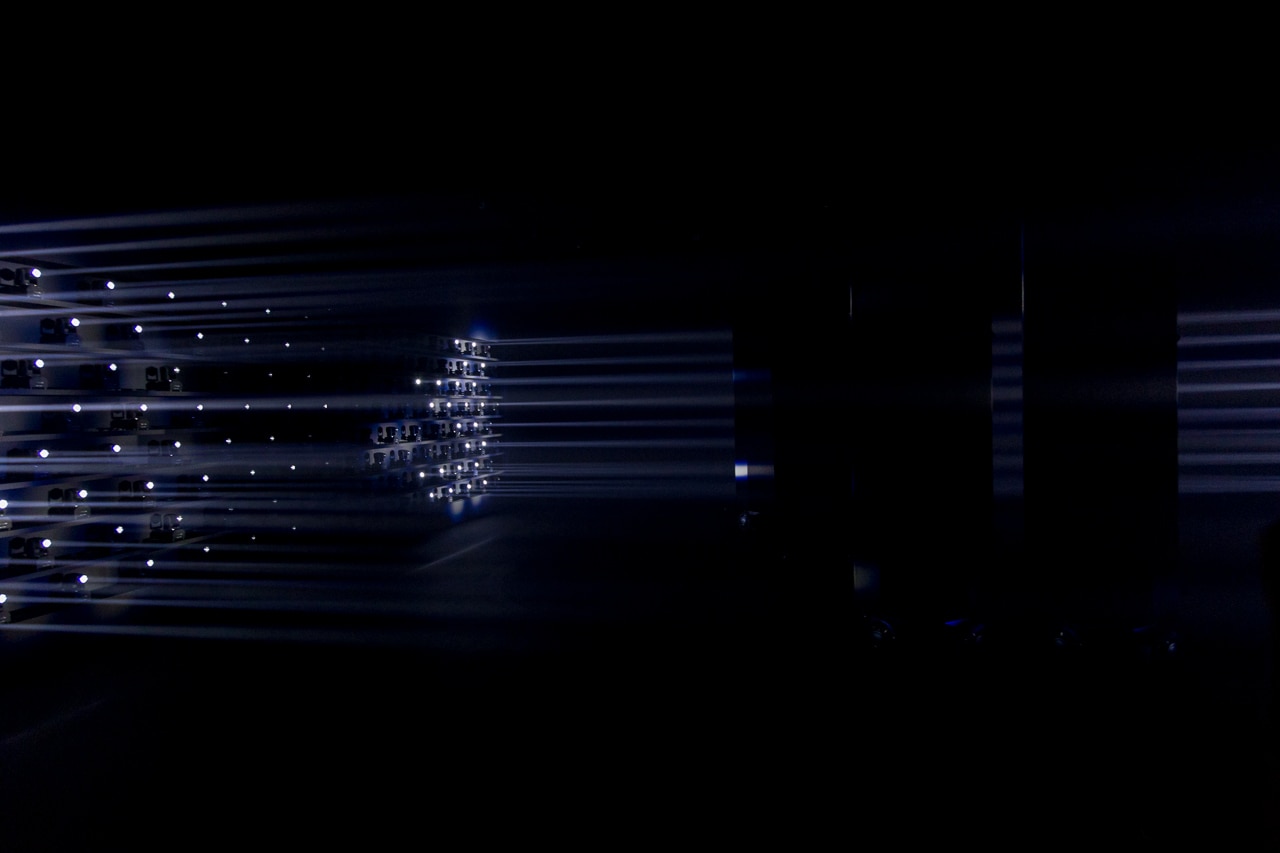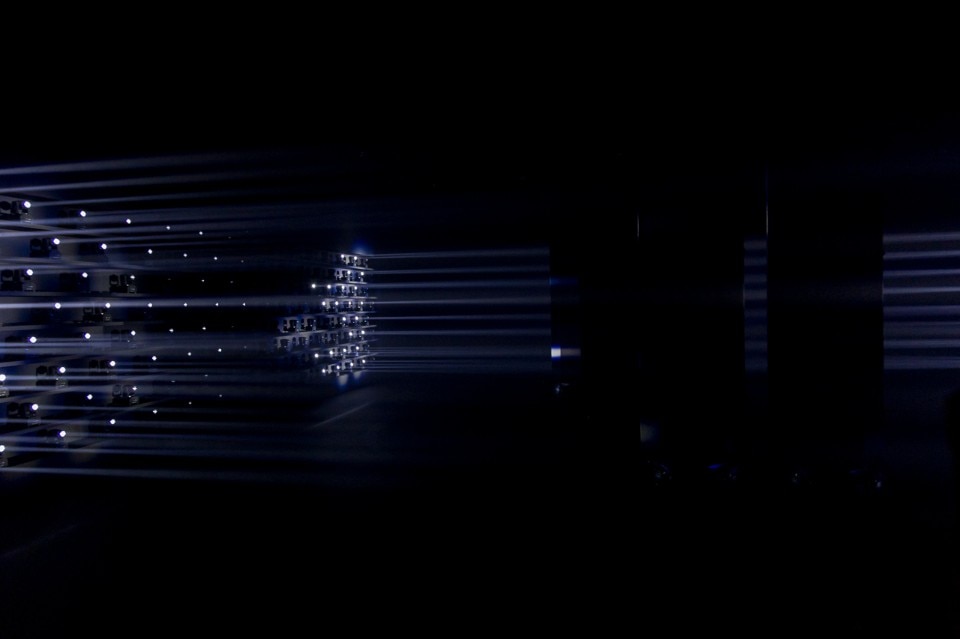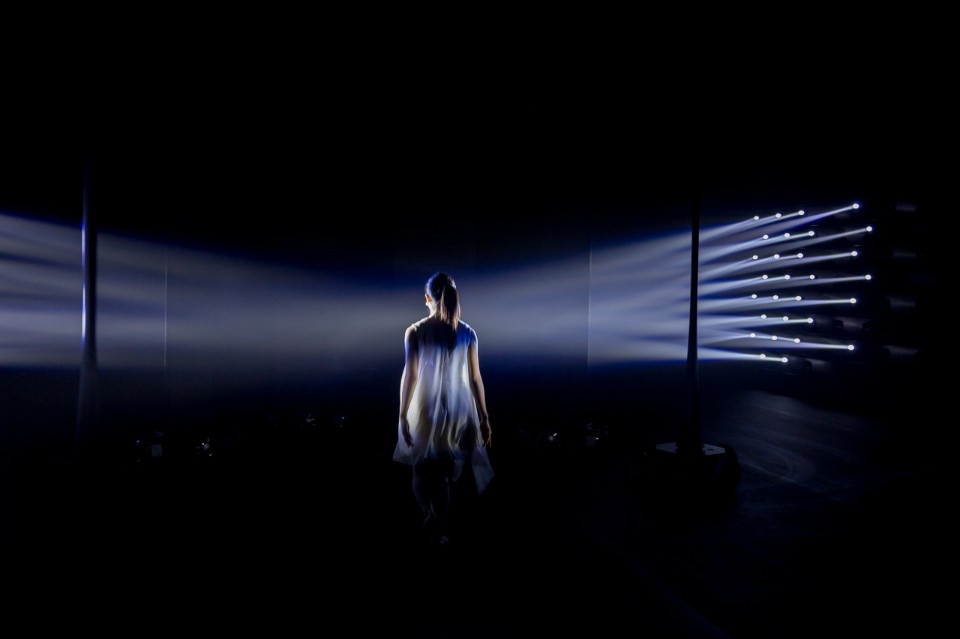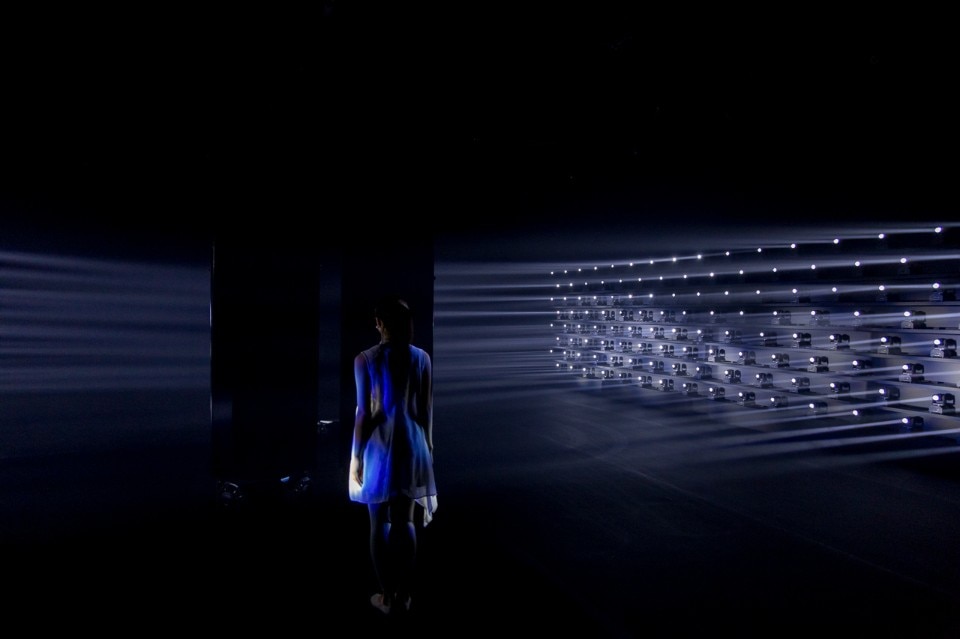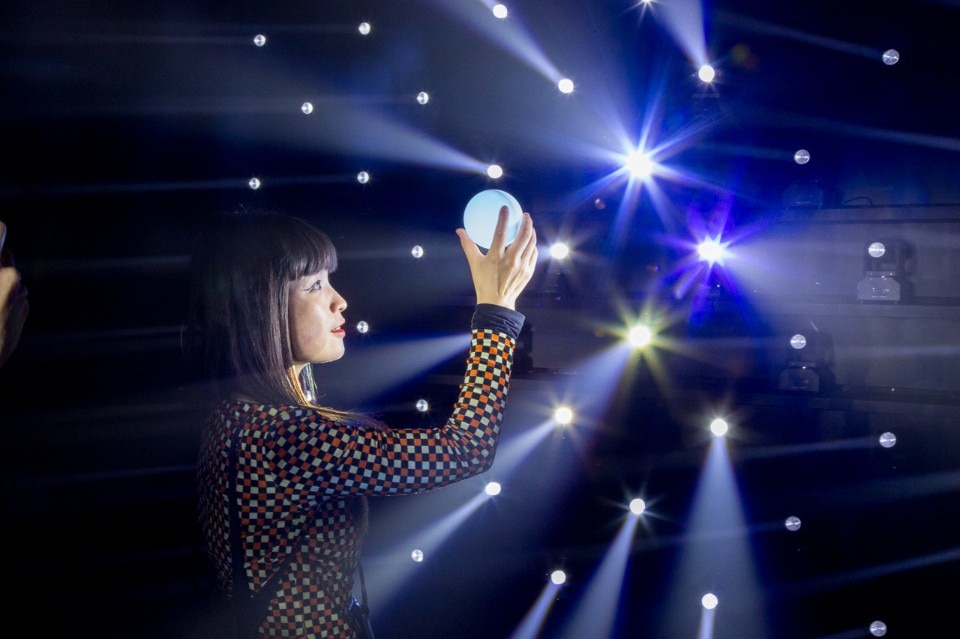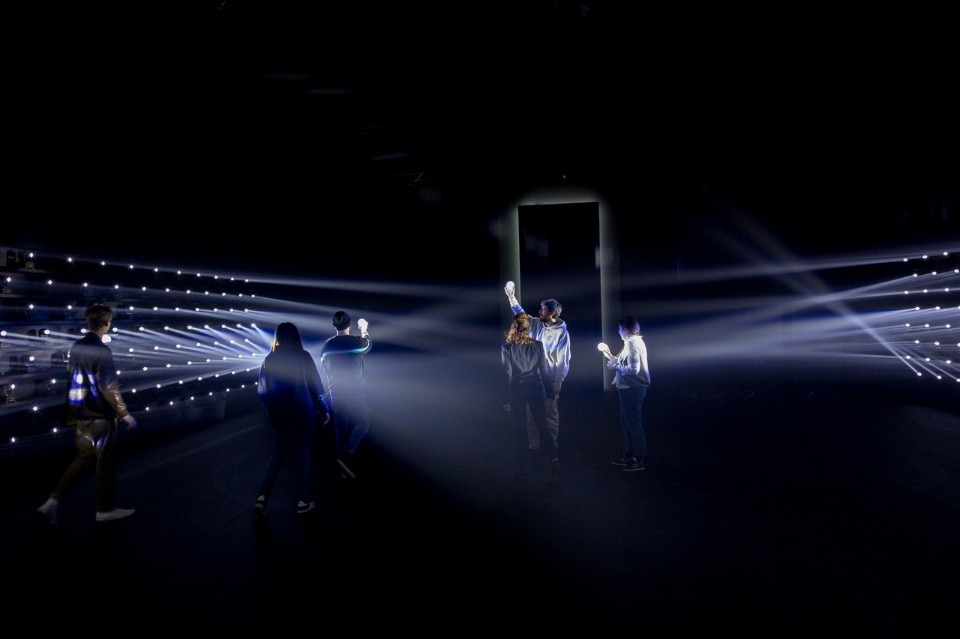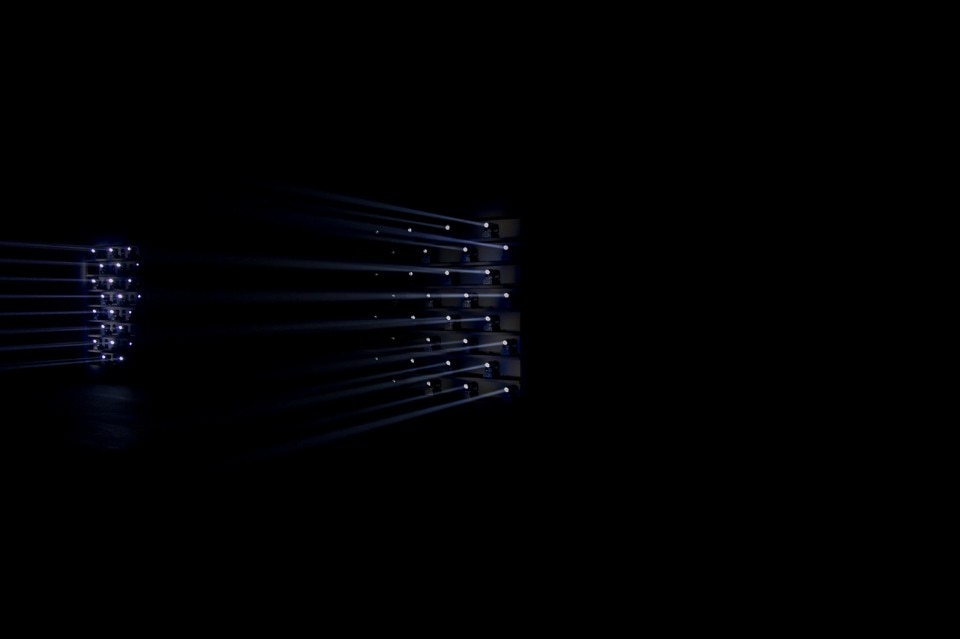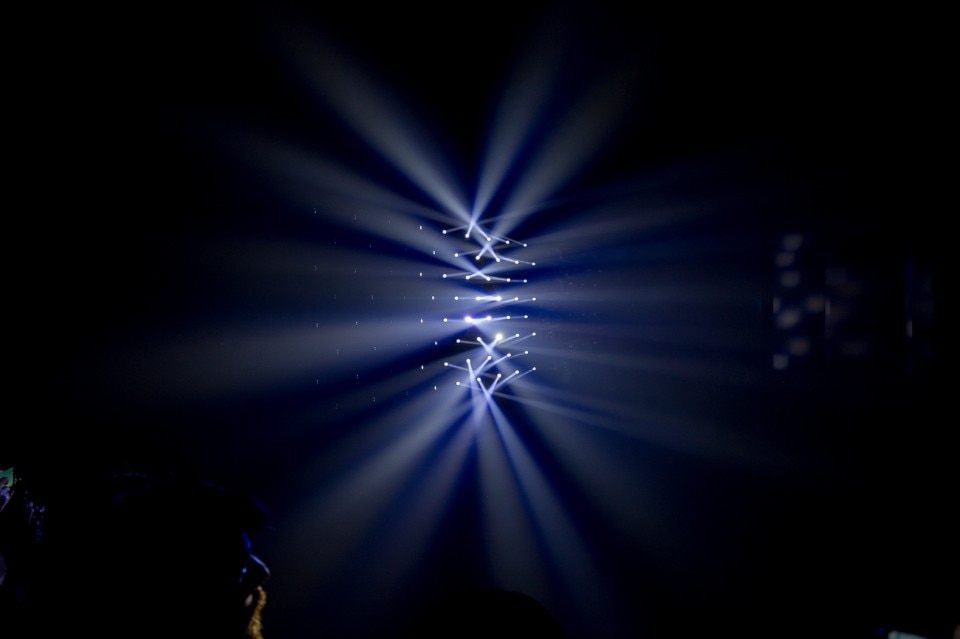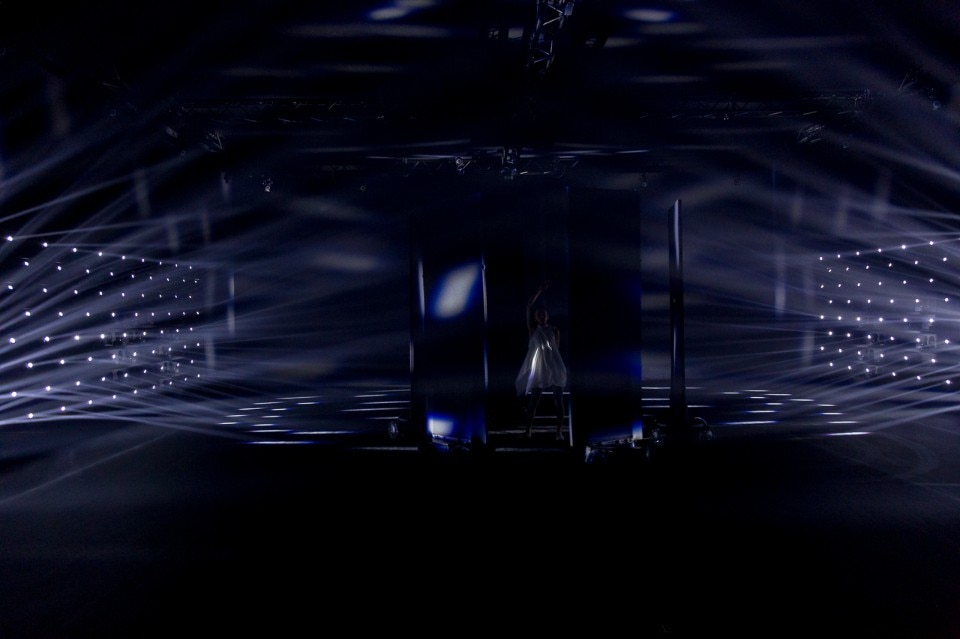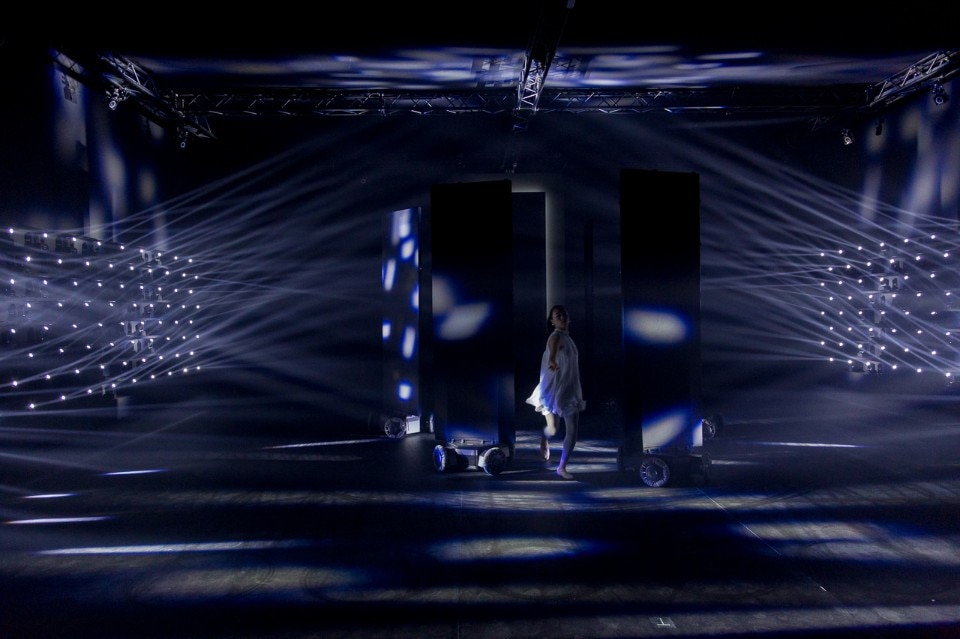Newfound harmony between man and machine, poised between the most ancient craftsmanship and the most cutting-edge forms of algorithmic design. This is the idea at the heart of the prototype that won the 2019 Lexus Design Award. Algorithmic Lace, by the American designer Lisa Marks, was awarded last evening at Superstudio in Milan by the Lexus International President, Yoshihiro Sawa: a bra designed to adapt perfectly to the shape of post-mastectomy women.
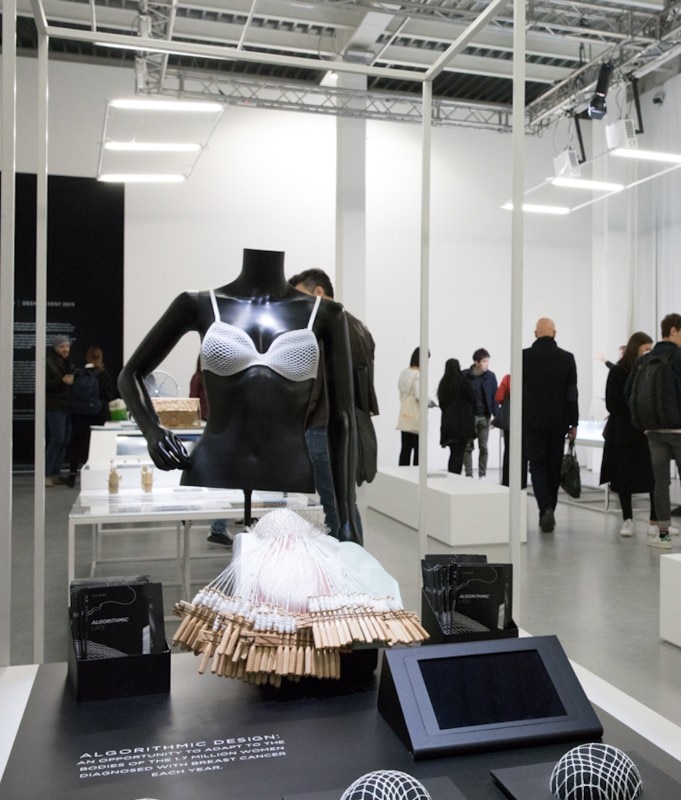
Math at the highest degree joins forces with artisanry based on the traditional crafting of bobbin lace, in a union that aims to create “a better tomorrow”, as indicated in the theme of this year’s competition: “Design for a better tomorrow”. The 2019 winner teaches at the Georgia Institute of Technology and is specialised in researching solutions in which technology and tradition come together, with special attention to knitwear. In the Algorithmic Lace prototype, the design uses a 3D scan of a woman’s body, so as to guarantee a perfect fit.
The production is carried out with the bobbin lace technique that actually creates the object designed at a computer. The result is absolute lightness and adherence, with the effect of softening the asymmetry between the two parts and providing the illusion of three dimensionality, even where the operation was performed. In the other works of the five finalists (out of 1,548 designers from 65 countries, the highest number from when the competition first began in 2013), there is an attempt to combine technology with nature, as in a new material, based on desert sand, Arenophile, proposed by the Turkish designer Rezzan Hasoglu, or the “amphibian” house, Baluto, by the Filipino designer Jeffrey E. Dela Cruz, or even the Solgami window blind, by the Australian designer Ben Berwick, which can reflect sunlight not captured by panels, exploiting the Japanese technique of origami.
The theme of energy was also treated in works by Dmitriy Balashov (Russia), Green Blast Jet Energy, and Hydrus by Shuzhan Yuan (China). The former is a system that makes it possible to collect the energy of the jet blast of an aircraft taking off, while the latter is emergency treatment equipment for offshore oil spills. Man’s ability to reclaim dominion over technology seems to have characterised this edition of the award, whose jury was composed of Sawa, Paola Antonelli, John Maeda and David Adjaye. A tangible representation was also provided by the spectacular installation by the Japanese artists Rhyzomatics, “Leading with Lights”, presented during the event: an itinerary inside a dark space with bands of light that create a powerful immersive effect and where alongside the movement of large robotic machines we also find the delicate motions of a dancer, establishing a rhythm. And also a harmony. Human, above all.
- Set Design:
- Lexus Design Award
- Where:
- SuperstudioPiù, via Tortona 27 Milano
- When:
- 9-13 April 2019
- Venue:
- Fuorisalone 2019


